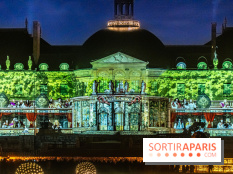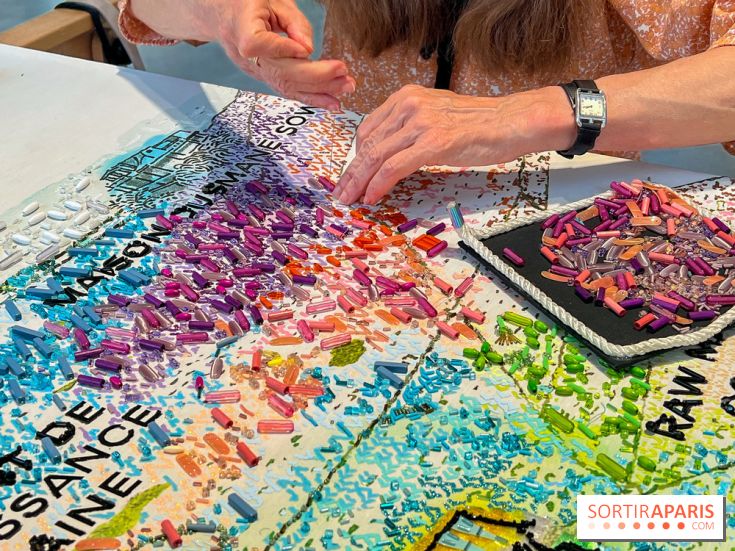Ready to discover some of Paris' hidden secrets? Many occult and magical legends can be found in the capital's historic monuments, cemeteries, places of worship and castles. This time, we're taking a stroll through Paris's 1st, 4th and 6th arrondissements, to uncover mysterious and esoteric anecdotes about places you've probably passed before, without suspecting the secrets they hold!
Opposite, to the right of the Pavillon de l'Horloge, are two figures, not so surprising given that the museum has a department of Egyptian Antiquities: Isis and Osiris. The goddess Isis is said to be linked to the origins of the city of Paris, formerly known as Parisis. These ancient representations mingle with the many sculptures of Greek and Roman gods and goddesses on display at the museum today.
Classified as a historic monument in 1862, the Colonne Médicis is a superb vestige of Catherine de Médicis ' reign in France. Spared by Baron Haussmann and his monumental works in Paris, the column is attached to today's Bourse de Commerce, formerly the Hôtel de Soissons. This 31m-high pillar was erected in 1574 to enable the queen, who was so close to the mystical arts and astrology in particular, to consult the stars.
A small bridge linked Catherine's bedroom to the tower, where she read her future and that of the kingdom on clear-sky evenings. In 1748, the tower was almost demolished, but was finally donated to the City of Paris, which could no longer remove it. Unfortunately, the glass roof at the top has since disappeared, and all that remains of the tower is its metal frame.
Saint-Gervais-Saint-Protais church, opposite the town hall
The Eglise Saint-Gervais-Saint-Protais is an example of a successful mix of different architectural styles. Classical, Gothic, Renaissance... the building and its impressive façade are a must-see in the 4th arrondissement. [Read more]
Tour Saint-Jacques, the ancient bell tower with its sublime view over Paris, open from May to November
The Tour Saint-Jacques, with its panoramic view over the whole of Paris, is open to visitors from May 15 to November 15, 2025. Located just a stone's throw from the Hôtel de Ville, this historic monument is a sight to behold, with its 62 meters and 300 steps. Tours are available in small groups. [Read more]
Historic Paris, discovering the capital's oldest sites
Are you a history buff? Good news, the capital is full of vestiges and ancient monuments, which have survived through time. Belle Epoque, Antiquity, or Middle Ages, follow the guide to discover the historical Paris! [Read more]
Dates and Opening Time
Starts November 8, 2024
Sunday:
open
Monday:
open
Tuesday:
open
Wednesday:
open
Thursday:
open
Friday:
open
Saturday:
open
Prices
Free











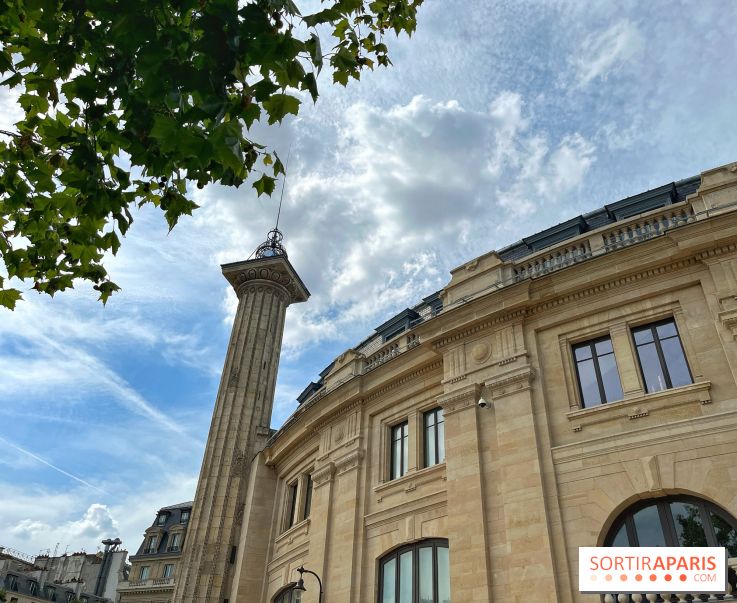
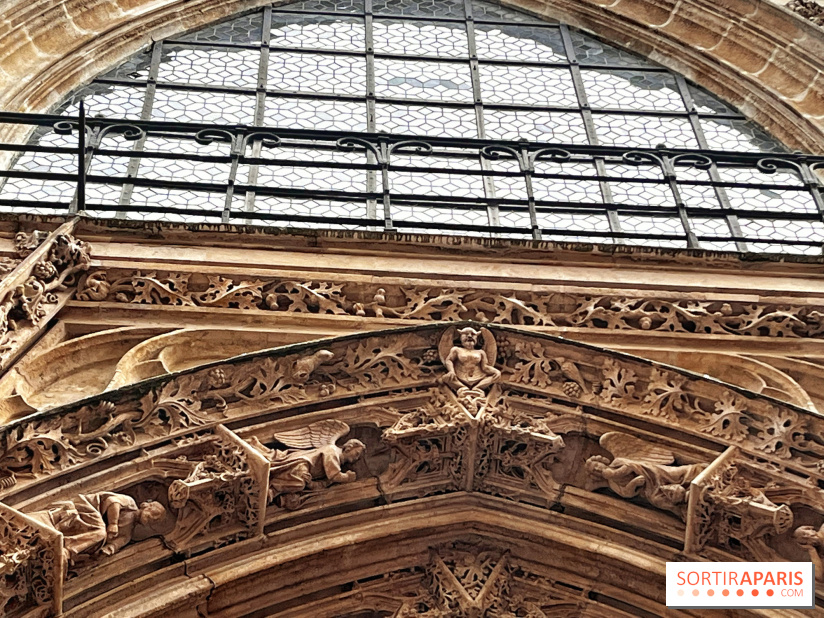








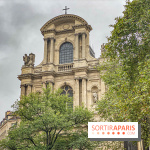

 Saint-Gervais-Saint-Protais church, opposite the town hall
Saint-Gervais-Saint-Protais church, opposite the town hall





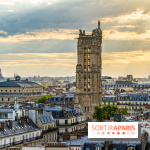
 Tour Saint-Jacques, the ancient bell tower with its sublime view over Paris, open from May to November
Tour Saint-Jacques, the ancient bell tower with its sublime view over Paris, open from May to November






 Historic Paris, discovering the capital's oldest sites
Historic Paris, discovering the capital's oldest sites








